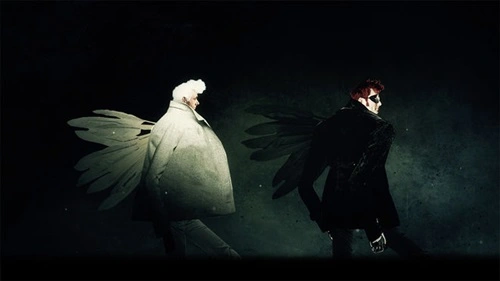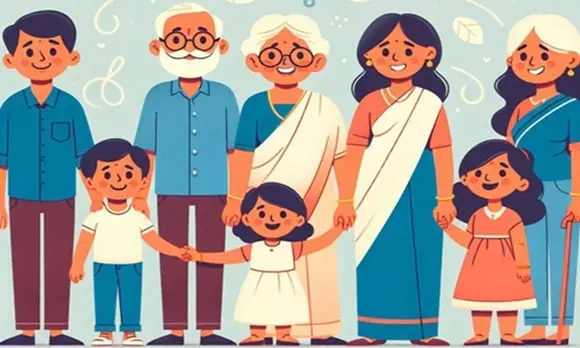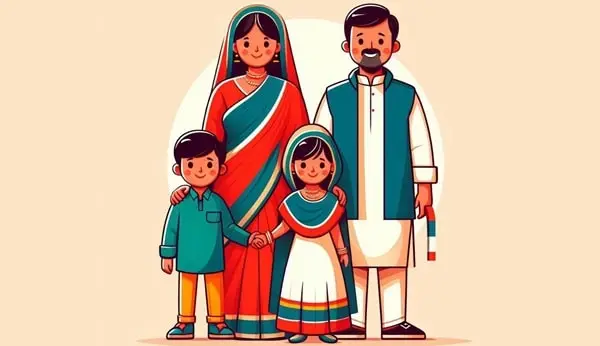The mythology surrounding angels and their roles in celestial hierarchies has fascinated humanity for centuries. Among these tales lies the story of Sandalphon, a high-ranking angel, and Crowley, a fallen angel known for his mischief and irreverence. While this narrative has gained renewed popularity due to modern interpretations in books and shows, such as Good Omens by Neil Gaiman and Terry Pratchett, the idea of angels clashing has deeper roots in religious lore and creative storytelling. This article explores why Sandalphon is often depicted as the one who cast Crowley from heaven and examines the symbolic themes underlying their dynamic.
Who Is Sandalphon?

Sandalphon is a significant figure in Jewish mysticism and angelology. Known as the angel of music and prayer, he is one of the highest-ranking archangels. According to tradition, Sandalphon is the twin brother of Metatron, another powerful angel. He serves as a bridge between heaven and earth, delivering prayers from humans to the divine throne.
In many narratives, Sandalphon embodies order, discipline, and unwavering loyalty to divine laws. As an enforcer of heavenly justice, he is often associated with protecting the sanctity of heaven and ensuring that rebellious beings do not disrupt the divine harmony.
Who Is Crowley?
Crowley, originally referred to as “Crawly” in some fictional adaptations, is portrayed as a demon who once resided in heaven as an angel before his fall. While not a canonical figure in religious texts, his character has become iconic in modern storytelling, particularly through works like Good Omens. Crowley is depicted as a mischievous yet charismatic demon with a fondness for Earth and humanity.
Crowley’s fall is typically attributed to his questioning of divine authority and his desire for freedom. In many stories, he represents the archetype of the rebel who challenges rigid structures in pursuit of personal autonomy.
The Conflict Between Sandalphon and Crowley
The tension between Sandalphon and Crowley stems from their contrasting personalities and roles in the celestial order. Sandalphon is a symbol of divine authority, structure, and obedience, while Crowley represents rebellion, free will, and questioning the established norms.
In the fictional universe of Good Omens, Crowley’s fall from heaven is attributed to his role in “asking too many questions.” He is said to have played a part in the rebellion of Lucifer and the other fallen angels. Sandalphon, as a guardian of divine law, is portrayed as the enforcer who ensures that those who defy God’s will are cast out of heaven.
This act of “throwing Crowley from heaven” reflects a broader allegory: the clash between conformity and individuality. Sandalphon’s actions are not merely punitive; they represent the need to preserve divine order. Crowley’s fall, on the other hand, signifies the cost of defiance and the consequences of choosing freedom over obedience.
Symbolism in the Act of Casting Out
-
Divine Justice vs. Free Will
The conflict between Sandalphon and Crowley encapsulates the eternal struggle between order and chaos. Sandalphon represents the rigid adherence to divine laws, while Crowley’s rebellion highlights the importance of questioning authority and seeking personal freedom. -
Loyalty vs. Individuality
Sandalphon’s actions illustrate unwavering loyalty to the Creator’s will. Crowley’s fall, however, is a reminder that individuality often comes with sacrifice. The act of casting Crowley out can be interpreted as a rejection of ideas that threaten collective harmony, even if they stem from curiosity or creative thinking. -
Heaven and Humanity
Crowley’s fall also serves as a narrative device to connect heaven with humanity. By becoming a demon, Crowley gains a unique perspective on human nature, one that is neither wholly angelic nor entirely demonic. This duality makes his character more relatable and sympathetic in modern retellings.
Lessons from the Story
The dynamic between Sandalphon and Crowley offers several insights:
- The Necessity of Balance: While obedience is important to maintain order, blind adherence to rules can stifle creativity and progress. Similarly, rebellion, while liberating, comes with consequences.
- Understanding Differences: Sandalphon and Crowley embody opposing ideals, yet their interactions remind us that both perspectives have merit. Order without freedom is oppressive, and freedom without order leads to chaos.
- The Human Connection: Crowley’s fall and subsequent life as a demon emphasize the beauty and complexity of humanity. By living among humans, he gains a deeper understanding of love, choice, and moral ambiguity—qualities that angels like Sandalphon may struggle to comprehend.
Conclusion
The story of why Sandalphon threw Crowley from heaven is as much about divine justice as it is about the human condition. Sandalphon’s role as an enforcer highlights the need to uphold order and discipline, while Crowley’s fall underscores the value of questioning and individuality.
Through this celestial drama, we are reminded of the delicate balance between obedience and freedom, and the importance of understanding both perspectives. Whether viewed through a religious lens or as a metaphorical tale, the relationship between Sandalphon and Crowley continues to resonate, offering timeless lessons about morality, choice, and the complexities of existence.


